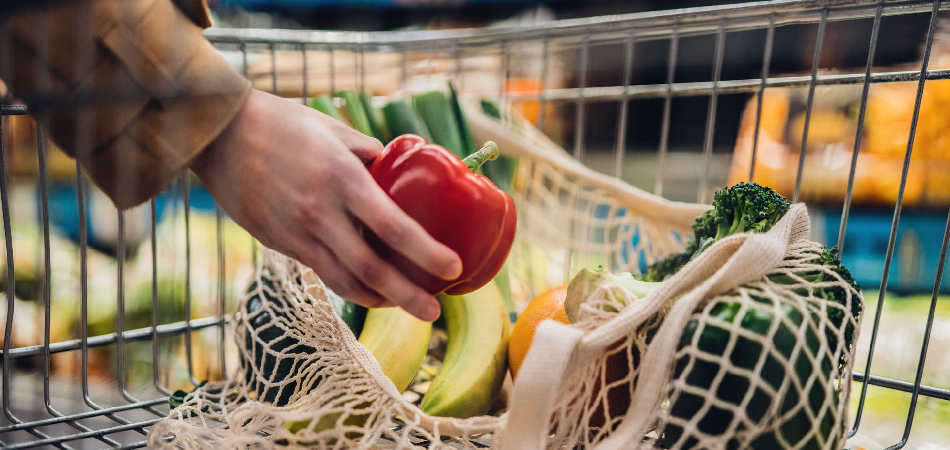In a world fueled by caffeine and convenience, coffee cups have become an integral part of our daily routine. Yet, as we indulge in the ritual of sipping our favorite brew, it’s crucial to reflect on the environmental toll of our disposable coffee cup habit. In this blog post, we’ll delve into the environmental impact of traditional coffee cups and explore eco-friendly alternatives that allow us to enjoy our coffee guilt-free.
The Problem with Disposable Coffee Cups
1. The Ubiquitous Single-Use Culprit: Disposable coffee cups, often lined with a thin layer of plastic to make them waterproof, contribute significantly to environmental pollution. This lining makes recycling challenging and, as a result, most cups end up in landfills.
2. Deforestation and Resource Depletion: The production of paper cups contributes to deforestation and places immense pressure on our natural resources. The process of turning trees into paper requires substantial energy and water, exacerbating environmental strain.
3. The Myth of Biodegradability: Despite popular belief, many disposable cups are not easily biodegradable. The plastic lining can persist in the environment for decades, releasing harmful chemicals as it breaks down.
Eco-Friendly Alternatives
1. Reusable Coffee Mugs: Embracing the beauty of reusability is one of the most effective ways to reduce our environmental footprint. Invest in a stylish and durable reusable coffee mug that suits your taste, and make it a part of your daily coffee routine.
2. Biodegradable and Compostable Cups: For those times when a reusable mug isn’t feasible, consider opting for biodegradable or compostable cups made from materials like cornstarch or sugarcane. These cups break down more easily, leaving behind minimal environmental impact.
3. Bring Your Own Mug (BYOM): Many coffee shops now encourage customers to bring their own mugs by offering discounts or incentives. Make it a habit to carry your favorite mug, not only reducing waste but also saving a few bucks in the process.
4. Innovative Materials: Keep an eye out for innovative materials that are both sustainable and functional. Some companies are developing cups made from materials like bamboo, which has a lower environmental impact compared to traditional paper cups.
5. Support Coffee Shops with Sustainable Practices: Choose to frequent coffee shops that prioritize sustainability. Many establishments are transitioning to eco-friendly alternatives and actively working to reduce their environmental impact.
Conclusion
Our love for coffee doesn’t have to come at the expense of the planet. By making mindful choices about the cups we use, we can significantly reduce the environmental impact of our daily caffeine fix. Whether it’s investing in a reusable mug or supporting businesses with sustainable practices, each small step contributes to a healthier and greener future. So, let’s raise our eco-friendly mugs to a more sustainable way of sipping and savoring our coffee.





